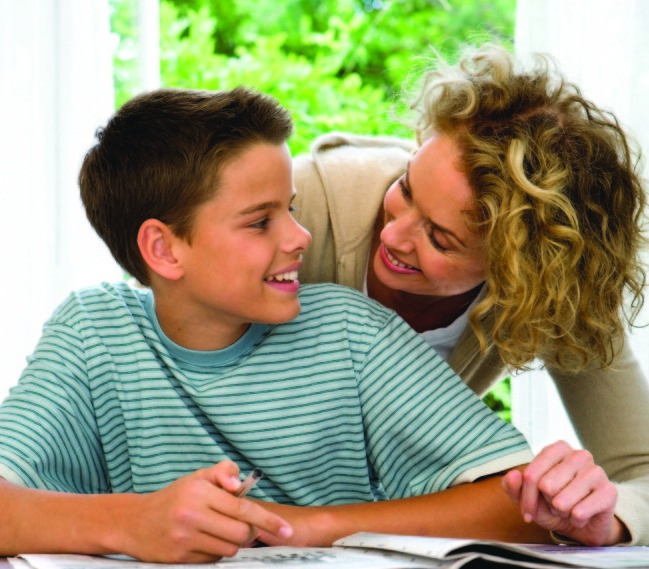Today’s students have more gadgets at their disposal than ever before. As technology like tablets and smartphones have become more prevalent in the lives of adults, such devices also have become more commonplace in the classroom. Some kids thrive when teachers utilize technology to enhance lesson plans, while others may be distracted by access to technology.
According to the National Institute of Mental Health, attention deficit hyperactivity disorder, or ADHD, is one of the most common childhood disorders. ADHD can make it difficult for kids to maintain focus in the classroom, and that focus may be enhanced or further compromised by technology that’s capable of serving many different functions. Kids who use the technology to their advantage may find it improves their ability to grasp lessons, but some kids may be distracted by devices or even other items in the classroom that make it difficult for them to absorb lessons. Parents concerned about their kids’ ability to cope with distractions in the classroom and at home can take the following steps in an effort to help youngsters improve their academic performance.
• Speak to your child’s teacher about seating assignments. Students who find it difficult to focus in the classroom may benefit from new seating assignments. Windows or high-traffic areas of the classroom, such as doorways, can compromise a student’s ability to focus. In addition, the back of the classroom is not the ideal spot for youngsters who find it difficult to focus on the teacher, as teachers may not notice kids in the back of the class as readily as they might with students sitting in the front of the room.
• Encourage participation. Many teachers recognize the value of active participation in the classroom, but kids who are struggling to focus may shy away from participating because they are worried about embarrassing themselves in front of their classmates. Parents and teachers can work with students to encourage them to participate, reassuring them that they don’t need to be experts on a given subject to contribute to lessons. Even if students’ participation is limited to asking questions rather than answering them, encouraging kids to raise their hands and participate in class may help them focus more on the lessons being discussed.
• Minimize distractions at home. Kids who have no trouble focusing in the classroom may find it’s a whole different ballgame when they arrive home to study or do their homework. Mom and Dad no doubt have their own gadgets around the house, and such devices as well as television may be too difficult for youngsters to ignore. At home, parents can create a safe haven from distraction by designating a room or area of the house for schoolwork. Such areas should be clear of distractions like television, telephones, video game consoles, and other gadgets that can compromise a student’s focus. Make such areas off limits to cellular phones and block social media websites from computers in such rooms so kids aren’t tempted to spend study time chatting with friends online. If a child’s study area is not in a separate room of the house, parents should avoid turning on the television until kids have finished their studies for the night.
• Consider playing games designed to improve attention and focus. Games designed to improve attention can be a fun way for parents to help their youngsters conquer their concentration issues. For example, the creators behind Lumosity.com collaborated with researchers from universities around the world in an effort to design games to improve visual attention in people of various ages and backgrounds. Few kids are not enamored with games, and games to improve focus and attention may help kids without making them feel as though they are back in a classroom. Parents can speak with their child’s teacher to determine which games might be best suited for their youngsters.
Send questions/comments to the editors.



Success. Please wait for the page to reload. If the page does not reload within 5 seconds, please refresh the page.
Enter your email and password to access comments.
Hi, to comment on stories you must . This profile is in addition to your subscription and website login.
Already have a commenting profile? .
Invalid username/password.
Please check your email to confirm and complete your registration.
Only subscribers are eligible to post comments. Please subscribe or login first for digital access. Here’s why.
Use the form below to reset your password. When you've submitted your account email, we will send an email with a reset code.